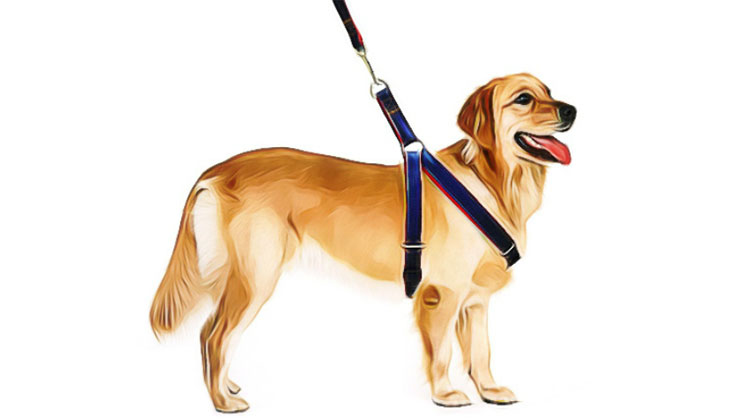Dog Harness vs Dog Collar: Which is Best for Your Dog?

When it comes to choosing the right equipment for walking your dog, the debate between dog harnesses and dog collars is a common one. Each has its own set of advantages and potential drawbacks. Understanding these can help you make the best decision for your canine companion. Let’s delve into the details of both options to help you decide which might be better suited for your dog.
Dog Collars: The Classic Choice
Dog collars are the traditional choice for walking dogs and attaching identification tags. They come in various styles, materials, and designs. Here’s a closer look at the pros and cons of using a dog collar.
Pros:
- Convenience: Collars are easy to put on and take off, making them a convenient choice for everyday use.
- Identification: Collars are ideal for holding ID tags, which are crucial if your dog gets lost.
- Variety: There’s a wide range of collars available, from simple nylon ones to stylish leather or personalized designs.
Cons:
- Health Risks: For dogs that pull on the leash, collars can cause strain on the neck and throat, potentially leading to injuries like tracheal collapse or neck strain.
- Behavior Issues: Collars can contribute to increased pulling behavior in some dogs, as the pressure on the neck can cause discomfort and anxiety.
- Limited Control: Collars offer less control over strong or unruly dogs, making them less ideal for training purposes.
Dog Harnesses: The Modern Alternative
Dog harnesses have gained popularity as an alternative to collars, especially for dogs that pull or have specific health issues. Harnesses distribute pressure more evenly across the dog’s body, which can be beneficial in many situations.
Pros:
- Pressure Distribution: Harnesses distribute pressure across the chest and shoulders, reducing the risk of neck injuries.
- Control: Harnesses provide better control, especially for large or strong dogs, making them useful for training.
- Comfort: Many dogs find harnesses more comfortable, as they don’t put pressure on the sensitive neck area.
- Variety: There are different types of harnesses available, such as front-clip, back-clip, and dual-clip harnesses, each designed for specific needs and training purposes.
Cons:
- Convenience: Harnesses can be more complicated to put on and take off compared to collars.
- Size and Fit: Finding the right fit is crucial, as an ill-fitting harness can cause discomfort or chafing.
- Chewing Risk: Some dogs may chew on their harness if left unsupervised, leading to potential damage.
Choosing the Right Option for Your Dog
The best choice between a collar and a harness depends on several factors, including your dog’s size, breed, behavior, and any health issues.
For Puppies: A harness is generally a better option for puppies, as it provides better control and helps prevent neck injuries during leash training.
For Small Breeds: Small breeds, especially those prone to tracheal collapse, benefit from harnesses that avoid putting pressure on the neck.
For Large Breeds: Harnesses provide more control over large breeds and are ideal for training. However, a sturdy collar with proper training can also be effective.
For Dogs That Pull: If your dog is a strong puller, a front-clip harness can help reduce pulling by redirecting the dog’s attention towards you.
For Well-Behaved Walkers: If your dog walks nicely on a leash and doesn’t pull, a collar can be a simple and effective choice for everyday walks.
Conclusion
Both dog collars and harnesses have their place in a dog’s life. It’s essential to consider your dog’s individual needs, behavior, and any health concerns when making your choice. Often, dog owners find that having both a collar and a harness gives them flexibility for different situations, such as using a collar for identification and a harness for walks and training.
Ultimately, the best choice is the one that ensures your dog’s safety, comfort, and well-being while making your walks enjoyable and stress-free. Always consult with your veterinarian or a professional dog trainer if you have concerns about what’s best for your furry friend.
Important Tags
Dry dog food | Different Dog Breeds Dog food advisor |Greenies Pill Pockets |sensitive dog breeds |neighbors dog won’t stop barking|hypoallergenic dog treats recipes|most trainable dogs |dog kennel ideas|



